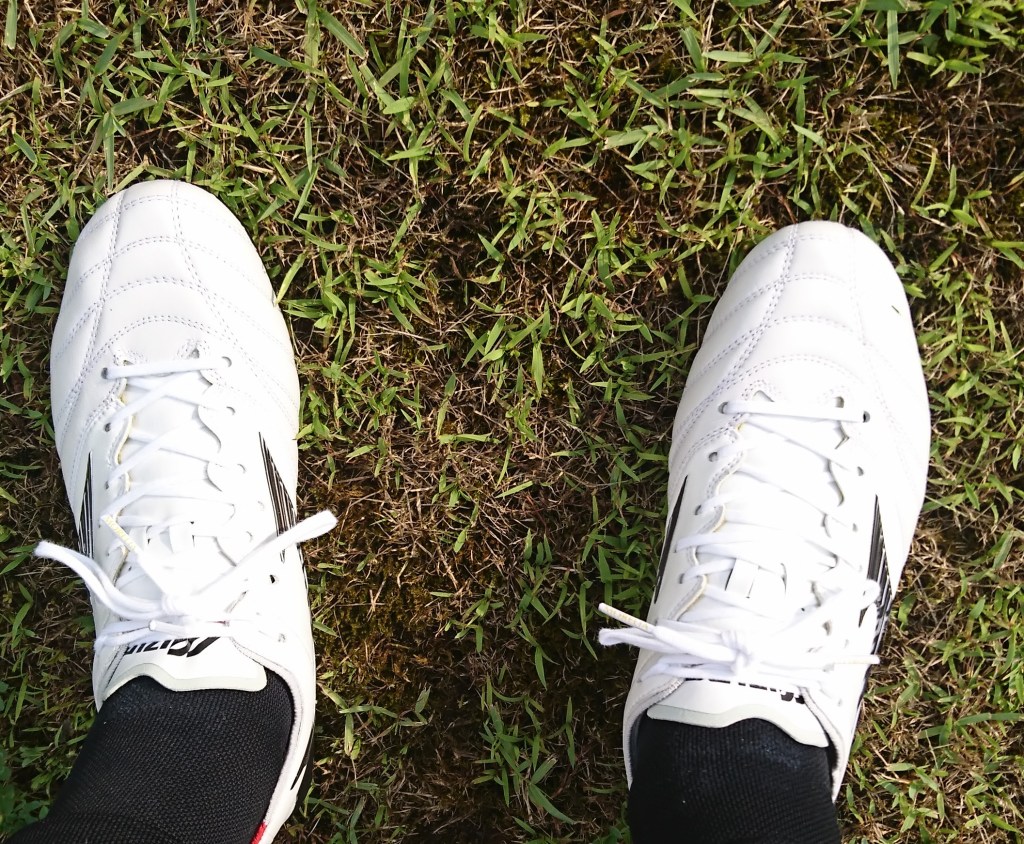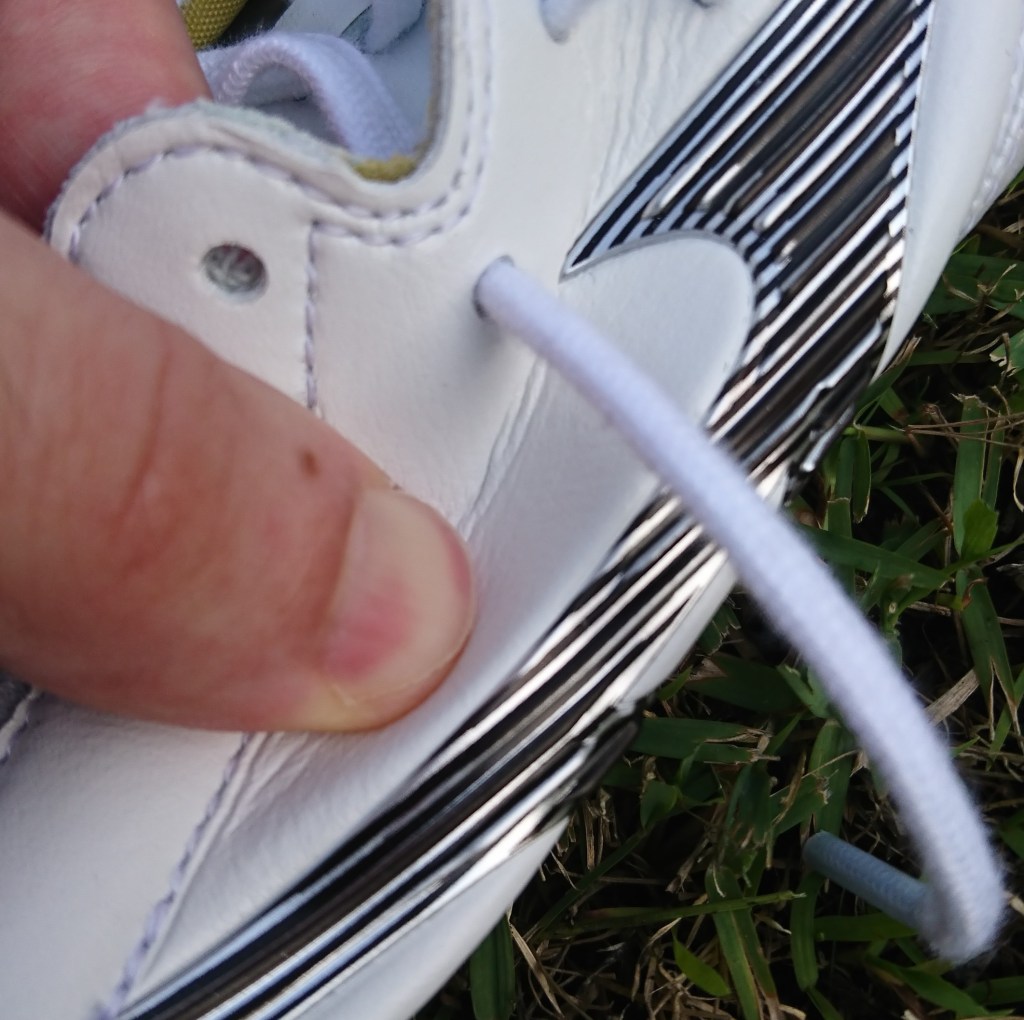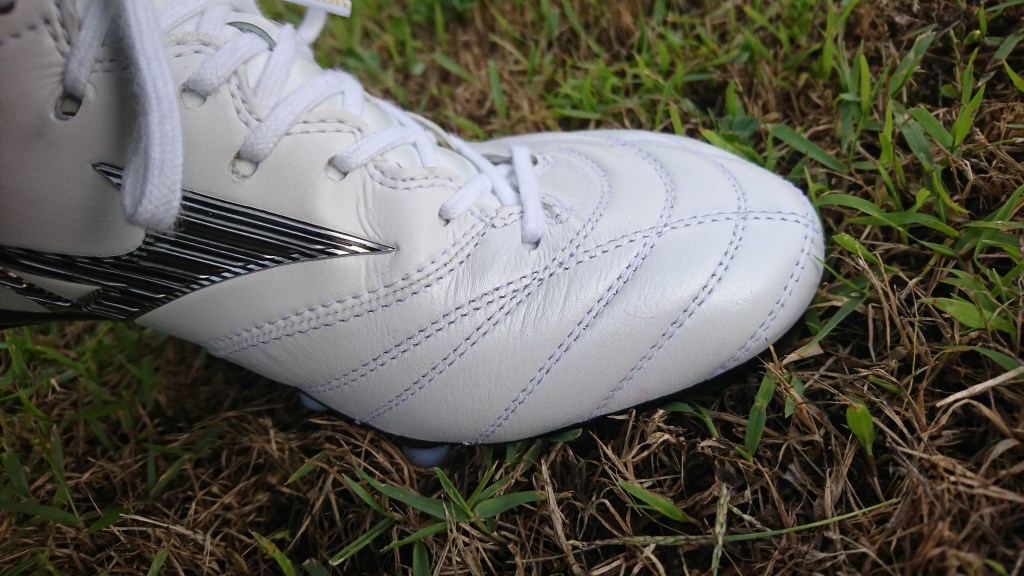A speed boot with shades of control.
The football boot market has greatly changed since the first Morelia Neo was released in 2011. An update in 2016 helped the boot keep pace with rivals but the speed boot category has made massive strides since then.
With all of the additions and new pieces of tech that has been added to the Morelia Neo 3 Japan, as a standalone it makes for an impressive boot. But it is understandably difficult to try and tell yourself that a leather speed boot can be among the top speed boots overall when you see how impressive the Mercurial Vapor 13 and the X 19.1 are and how knit has come to dominate speed boots and the market as a whole.
Leather boots are now, more than ever, seen as a classic. One would wonder if a leather speed boot should even be part of the conversation when it comes to judging it among the best in the speed category.
Upgrades in the Morelia Neo 3

The Mizuno Morelia Neo 3 Japan (Made in Japan) has more improvements and makes a bigger leap from the previous generation than any other Morelia Neo before it. While the styling and the look carries over from previous generations, most of the changes are “under the hood”.
The biggest change has been the incorporation of BareFoot (BF) Leather (which is actually synthetic) in the midfoot and BF Knit around the heel. Both are designed to provide improved lockdown without sacrificing comfort or touch on the ball. We also now have an updated heel counter and honeycomb support structure to provide stability in the soleplate and well as more cushioning in the heel area.

The soleplate has also seen some slight tweaks which have made it more durable for those of us who play on artificial grass pitches and the studs have been made to be more stable as well.
Fit and Feel

Getting the boots on your feet for the first time is a completely different experience from most other speed boots. They still provide a tighter fit, but at the same time the laces and boot allow for a lot of adjustability that permits the boot to fit a range of foot shapes.
Mizuno’s different approach means that the boots feel like they are made for you personally, rather than just having a generic fit. The main reason for this is because Mizuno leaves a boot on its last for 24 hours which ensures a better fit around your foot. Most brands only let the boot sit on the last for 20 minutes.

The BF Leather in the midfoot is a nice improvement over the material used on the Neo 2. While the Neo 2’s midfoot area was tight and stiff, the use BF Leather is softer and means that you still get great lockdown but it feels like its hugging your foot rather the strangle-like hold that most speed boots tend to have. For a speed boot, some people might prefer the tighter and rigid fit but I personally prefer how soft the Neo 3 is through the midfoot. It’s a welcome change that gets you to think differently about how a speed boot should feel – you shouldn’t sacrifice comfort for great lockdown.

Weight wise, these are only 200 grams. It is 5 grams heavier than the Neo 2 but if you noticed that weight difference, you’re either splitting hairs or you’re a madman.
A quick word on the sizing. If you wore the previous generation Neo and found them to be a little snug, stick with the same size as you did with the Neo 2. If you found the Neo 2 to be a little loose, you may want to go a half size down.
Touch and Dribbling

The Mizuno Morelia Neo 3 Japan feels… precise. With such a soft and supple upper , you would expect it to feel cushioned like a classic leather boot, but you’d be wrong.
The way Mizuno has engineered both the leather and synthetic parts of the upper means that you do get a surprisingly barefoot and an exact touch on the ball feeling very light on feet. It does feel more cushioned than other speed boots but this only aids the Neo 3 instead of harming it.
This close-to-the-foot touch means that dribbling with the boot feels excellent. I found the feeling when dribbling to be more impressive than a normal speed boot because of the combination of leather and the BF Leather. Of course, I have my bias, but you really need to try it and understand why this leather speed boot is so impressive with its touch and feel.

Leather is still king because of this very reason. The softness of the upper out of the box and the fact that it only gets better as time goes on means that this excellent feeling while dribbling only increases the more you wear them. It just gives you confidence to hold on to the ball when you receive the ball in tight spaces.
A speed boot with the soul of a control boot

Shooting and passing are other areas where the Mizuno Morelia Neo 3 Japan excels because of the soft forefoot leather and the BF Leather midfoot. It means that the boot has an advantage over other speed boots because it is softer and provides a better touch.
What surprised me the most was the amount of grip on the midfoot due to a sticky sensation on the surface. – something Mizuno did not mention in any of their marketing material. This sticky, but soft material, allows you to control, receive and cushion your passes more easily than in its predecessors.

The Mizuno Morelia Neo 3 Japan improves the pingy sensation of striking and hitting long balls over the the previous generation due to the new materials in the midfoot. Its softness keeps you closer to the ball while, all round, you feel more anchored and stable with each strike.
The Mizuno Morelia Neo 3 isn’t built to be a control boot, yet the combination of materials makes curling the ball feel engaged and yet, easier to do. In feels almost unfair that the boot fits snugly like a speed boot but still has elements of a control boot to make it feel more well-rounded – not something you can say about most speed boots on the market.
Traction

One of the sore points I had in the Mizuno Morelia Neo 2 was the traction on the soleplate. The studs were angled outward which made them awkward to run in. It’s subtle, but changes Mizuno has made to the stud layout and the soleplate means I no longer feel awkward while running and the traction has been improved greatly because of this. The studs have been put on less of an angle and the back four studs have been straightened out and provides more stability in the heel.

Another change that they have made is making sure they perform well on artificial grass and the studs have been reinforced to be more durable. This reinforcement also means that they don’t flex as easily under pressure. This allows the boots to feel a lot more balanced when running and sprinting. It isn’t as aggressive as other speed boots but for a rounded stud soleplate they are far more aggressive than you might think.
There have been calls from some corners to see bladed studs on the Mizuno Morelia Neo 3 and I can understand where those requests are coming from.
However, if we take the growing popularity of AG pitches into account, I think the conical studs gives the boot an advantage over the other brands in terms of a lowered risk of injury and less chance of stud pressure.
What seals the deal for me as well is that these conical studs work respectably well even on pitches with softer ground. The traction was still aggressive and more than what you would expect from a speed boot. It is nice for once to have a soleplate that can be worn on multiple surfaces without issues.
The Multi-Purpose Speed Boot

People often worry about leather over-stretching once it’s broken in but despite it moulding perfectly around my foot after a few sessions, it never lost its dynamism and didn’t overstretch and I expect it to keep its shape months and years ahead.
This means passing in the boot feels somewhat more like a control type boot, albeit with a more barefoot feel which allows the boot to feel more adaptable.
The Mizuno Morelia Neo 3’s versatility, not just as a pure speed boot, but one with elements of control marks it as a football boot that deserves to be considered as one of the best speed boots available today.
Make sure to share this with your friends and please follow me on Instagram, Facebook and Twitter!
じゃあね!

I just bought a Neo 2 in the white and pink colourway even though Mizuno is charging the same price for the Neo 2 and 3. May be stupid of me to get the older model for purely cosmetic reason, but may I know if I am “missing out” performance wise by taking the 2 than the 3? People have said the 3 is more substantial or bulkier than the 2, which to me is a negative for speed boots. Would you think so?
LikeLiked by 1 person
I don’t think it was a bad decision. I don’t feel like the Neo 3 is bulkier. It’s softer out of the box and the midfoot is softer too. I prefer the 3 but a friend of mine only wears Morelia Neo and he prefers the 2. The Neo 2 is still a fantastic boot so I don’t think you made a bad choice at all!
LikeLiked by 1 person
That’s reassuring. Thanks!
Anyway may I trouble you with one more question on whether the Neo 2 will stretch length-wise (toe box area)? I was advised to follow true-to-size on Adidas measurements (which is 255 for me and 260 on Puma and Nike strangely) and so I did and now am a little worried they might be too tight.
LikeLiked by 1 person
There is some stretch length wise. They’ll probably be a little snug since I recommend sticking with your Nike sizing BUT it did have some good stretch to it.
LikeLiked by 1 person
Hey man quick question, my current shoes that are the vapor 13 elite’s are a size 8 US which is 26 cm in Japanese size. In choosing a pair of morelia neo 3’s, should I go true to size or go down half a size?
LikeLiked by 1 person
Hey, so the Morelia Neo 3 Japan runs a little long. Some people stay true to size, but personally went half a size down. If your Vapors fit tight, stay true to size, but if you have space on the end, go that half a size down. The Morelia Neo 3 Japan will stretch
LikeLike